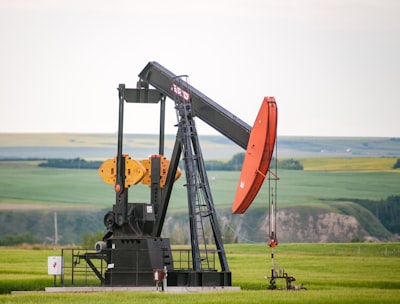
Stylish jewelry on a black background
Fungible vs. Non-Fungible Commodities
When it comes to commodities, there are two types: fungible and non-fungible. Put simply, fungible commodities are those that can be replaced by another identical good while non-fungible commodities are unique and cannot be replaced. But why does this difference matter? Keep reading to find out.
What are non-fungible commodities?

A non-fungible commodity is a rare item that is not interchangeable with other commodities of the same type. In other words, if you have two gold coins, they may be of different values because they are not identical. This can include things like artwork, jewelry, collectible items, and digital assets.
In the context of digital assets, non-fungible tokens (NFTs) are unique tokens that are not interchangeable. This means that each NFT has its own specific characteristics, which can be determined by the creator. For example, an NFT might be associated with a certain amount of digital currency, or it could represent a specific virtual asset. Since each NFT is unique, it can be used to represent different items or concepts. This makes them perfect for representing digital assets or virtual items, as each one can be customized to fit the individual’s needs. Additionally, NFTs can be used to create digital collectibles, as they can store unique information about the item.
An example of a popular non-fungible commodity is NFT crypto art. NFT art is a relatively new form of art that is made up of non-fungible tokens. One of the benefits of NFT art is that it is very secure. Because the tokens are unique, it is practically impossible to duplicate them, which means that they can be used to represent valuable assets, such as digital artwork or rare collectibles. And because the tokens are digital, an individual buyer can trade art quickly and easily in a matter of seconds. More and more digital artists and content creators are starting to experiment with this new medium, and the results have been impressive.
Another example of a non-fungible commodity is jewelry and precious gemstones. In the diamond industry, it is often said that “diamonds are forever,” and this is because diamonds are often considered to be a non-fungible asset since each diamond is unique and cannot be easily replaced. Jewelry containing diamonds is also usually unique, whether it’s a diamond ring or wedding band made with rose gold or round diamond earrings made with platinum. Investors will want to say on top of the diamond trends to make sure they are making the best purchasing decisions for their diamond jewelry.
What are fungible commodities?

Fungible commodities are items that can be easily substituted for one another. For example, if you have a gallon of milk and you need a quart, you can easily go to the store and purchase a quart of milk. The gallon and the quart are both considered fungible commodities. As another example, one barrel of crude oil is interchangeable with any other barrel of crude oil. It doesn’t matter who produces the oil or where it comes from: The barrel of oil is still a barrel of oil.
This interchangeability is what makes commodities fungible. If one barrel of oil is worth $50 on the market, then two barrels of oil are worth $100. It doesn’t matter if the two barrels are from the same oil well or if they were produced by two different companies.
Fungibility is important for commodities because it allows buyers and sellers to trade without worrying about the quality of the good. If one party wants to sell a barrel of oil and the other party wants to buy a barrel of oil, then they can both just trade barrels without any issues. Fungibility is also important for commodities because it allows them to be traded in a futures market. Futures markets allow buyers and sellers to agree to trade a good at a future date. This is important for commodities because it allows companies to lock in a price for a good before it is actually produced. This helps companies protect themselves from price fluctuations in the market.
Understanding the difference between fungible and non-fungible commodities is important for making smart investment decisions. Use this guide to help you get started.
